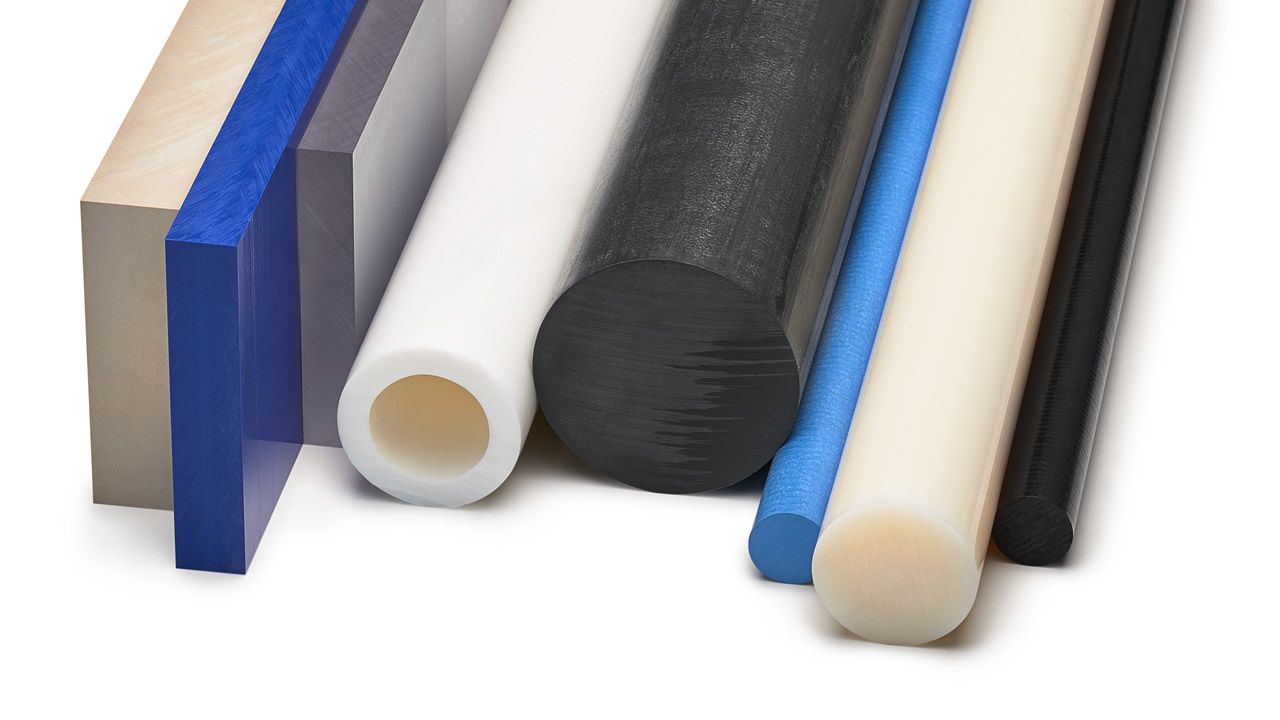
Introduction to Engineering Plastic
Engineering plastics are high-grade plastic that have better mechanical and thermal properties. These plastics properties don’t diminish even after they are remolded and thus, they are more thermoplastic type rather than thermosetting.
Engineering Plastics Properties
- Enhanced Chemical Resistance
- Resistance to Wear
- Have Mechanical Strength
- Excellent machinability and dimensional stability
Engineering Plastics Disadvantages
- Hydrolysis of Polar Group
- Have Tendency to Absorb Moisture
- High Melting Point
- High Molecular Weight
Despite of their disadvantages, engineering plastics are used widely which has helped in taking cost down of many products.
Examples of Engineering Plastics
- Acrylonitrile butadiene styrene (ABS)
- Nylon 6
- Nylon 6-6
- Polyamides (PA)
- Polybutylene terephthalate (PBT)
- Polycarbonates (PC)
- Polyetheretherketone (PEEK)
- Polyetherketoneketone (PEKK)
- Polyetherketones (PEK)
- Polyketone (PK)
- Polyethylene terephthalate (PET)
- Polyimides
- Polyoxymethylene plastic (POM / Acetal)
- Polyphenylene sulfide (PPS)
- Polyphenylene oxide (PPO)
- Polysulphone (PSU)
- Polytetrafluoroethylene (PTFE / Teflon)
- Polymethyl methacrylate (PMMA)
Applications of Engineering Plastics
- Abrasion resistance liners
- Acid Trays
- Agitators
- Anti-corrosive liners
- Architectural features
- Baking Tray liner
- Bearings
- Bench tops
- Chain Guide
- Cooling Towers
- Display
- Exhaust Ducts
- Fume ducting
- Guide Wheels
These are some of the applications of engineering plastics. Apart from this, there are many other applications according to user need.
Market Prospects
Engineering plastics have high strength and thermal properties which have made them useful and, in many applications, they have replaced steel and wood.
In automobile industry, engineering plastics have found a wide application. They are used in making dashboard, bumper, tail light screen, head light screen, etc. This has helped automobile to lose weight, hence increasing their fuel efficiency. As demand for automobile increases, requirement for engineering plastics will increase.
In electrical and electronics industry, engineering plastics have a wide application. They act as insulator and covering for electrical and electronics components. Their resistance to abrasion and ability to withstand high-temperature have made it possible to install electrical and electronic components in area of high temperature.
Some everyday items are also made of engineering plastics, such as, luggage, safety helmets, seating, kitchen utensils, rope, and furniture.
According to Delvens’ market research report, global Engineering plastics market is anticipated to reach USD 93 billion in 2021 growing at a CAGR of 9.2% during the forecasting period, 2021-2028.



